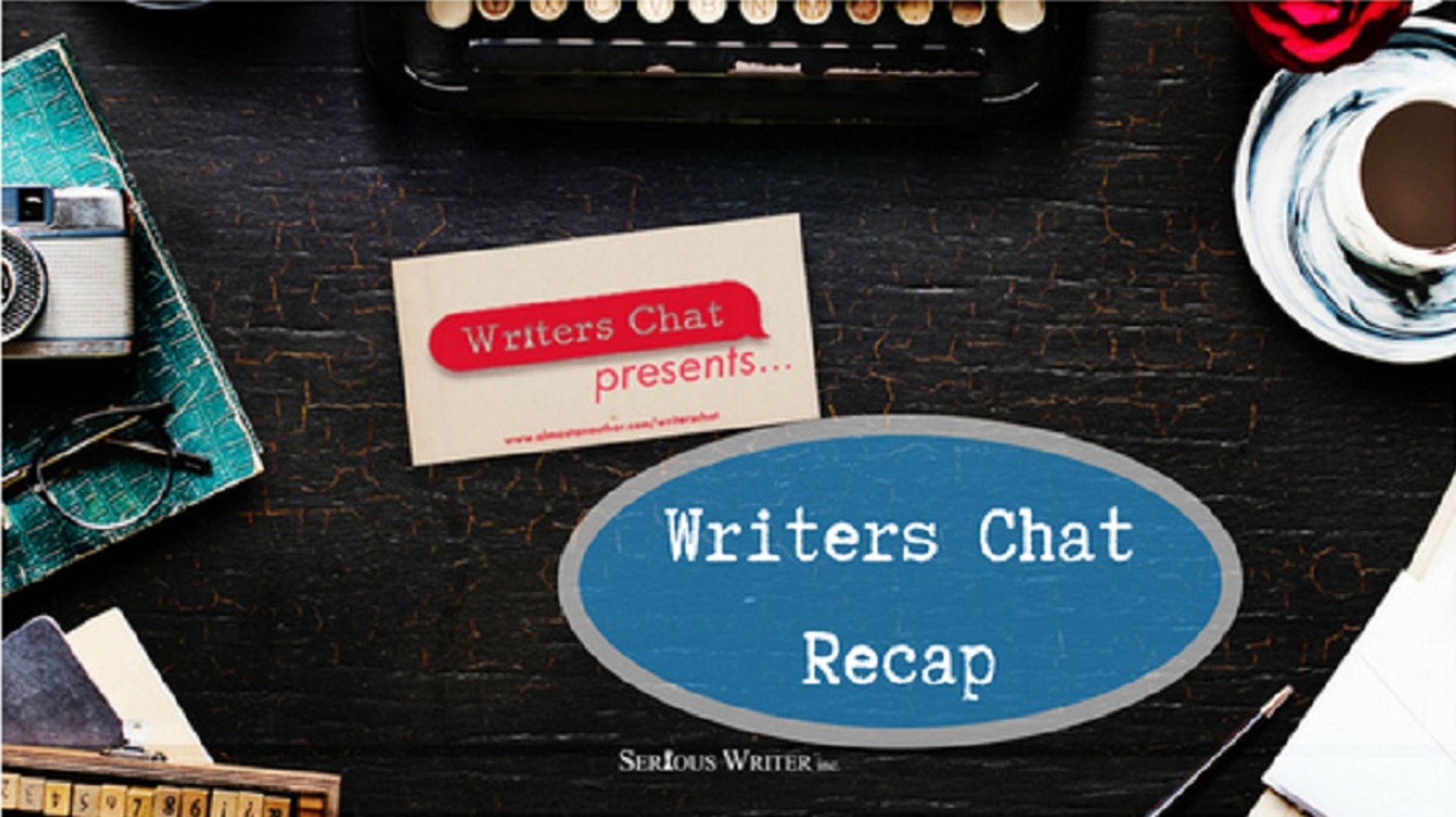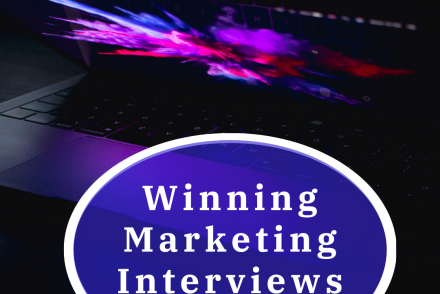
How to Grow Your Audience Using Online Workshops: Part Five
Online workshops are a great marketing tool. But we don’t want to just hop online and yell, “I’m going…
August 12, 2022
Online workshops are a great marketing tool. But we don’t want to just hop online and yell, “I’m going…
August 12, 2022
When writers take personality tests, the majority are introverts. They prefer to write more articles or books instead of…
August 25, 2021
You never thought it would happen to you. One minute, you were ecstatic to hear that special “bing!” when…
May 12, 2021
To put it simply, a marketing copywriter is a person who creates texts to sell products. It can be…
May 11, 2021
Emails and newsletters are the most effective digital marketing tools to promote books by self-published authors. Sending an email…
February 26, 2021
The difference between filing your carefully edited pages on your computer and readers reading those pages, is marketing. Books…
December 18, 2020
The biggest misconception that most authors have is that they need to have hundreds or thousands of dollars to…
August 31, 2020
I am one of those writers who sits among piles of stuff. That piece of information I need? I…
August 19, 2020
I think writers must contemplate individual words much more than the average person. If that weren’t true, I’m convinced…
July 5, 2020
Writers Chat, hosted by Jean Wise, Johnnie Alexander, and Bethany Jett, is the show where we talk about all…
June 15, 2020
On its surface, the internet is a wonderful resource to learn about how to sell your book. With a…
June 2, 2020
What if you write for a website called “Almost An Author” and then you actually get a book contract?…
April 6, 2020
Every indie author knows that standing out from the crowd is an uphill battle. And, like most battles, it…
March 12, 2020
The Christian Authors Network’s innovative Crown Awards celebrate excellence in Christian Media and Marketing. Purpose: To recognize, educate, and…
February 18, 2020
“Ah! I’ve had too many sales!” said no author ever. The truth is, sales are directly tied to what…
February 12, 2020
Writers Chat, hosted by Jean Wise, Johnnie Alexander, and Bethany Jett, is the show where we talk about all…
January 31, 2020
A New Year always brings a chance to start over and begin in a new direction. This year (2020)…
January 25, 2020
You spent a lot of time and work writing your book, but now comes the hard part. Picking a…
December 13, 2019
Book reviews are critical as a social buy-in for your book and to market your book through higher placement…
November 18, 2019
Writers Chat, hosted by Jean Wise, Johnnie Alexander, and Bethany Jett, is the show where we talk about all…
October 15, 2019
Now that summer is coming to an end, I feel it’s time to get serious about the business of…
September 4, 2019
Writers Chat, hosted by Jean Wise, Johnnie Alexander, and Bethany Jett, is the show where we talk about all…
July 31, 2019
I wrote about fifty books with traditional publishers, including two proposals that got six figure advances—before I began working…
July 25, 2019
Writers Chat, hosted by Jean Wise, Johnnie Alexander, and Bethany Jett, is the show where we talk about all…
July 15, 2019
As an occasional reader of speculative fiction, I had seen the name KA Cummins in Havok Magazine. She is…
June 16, 2019